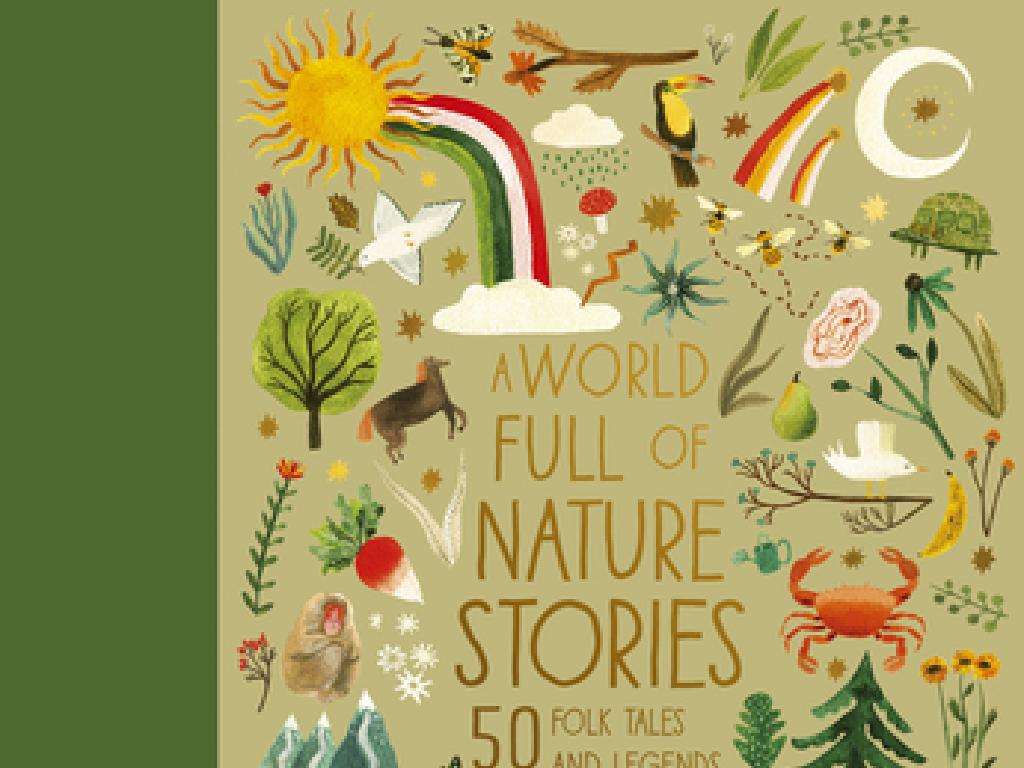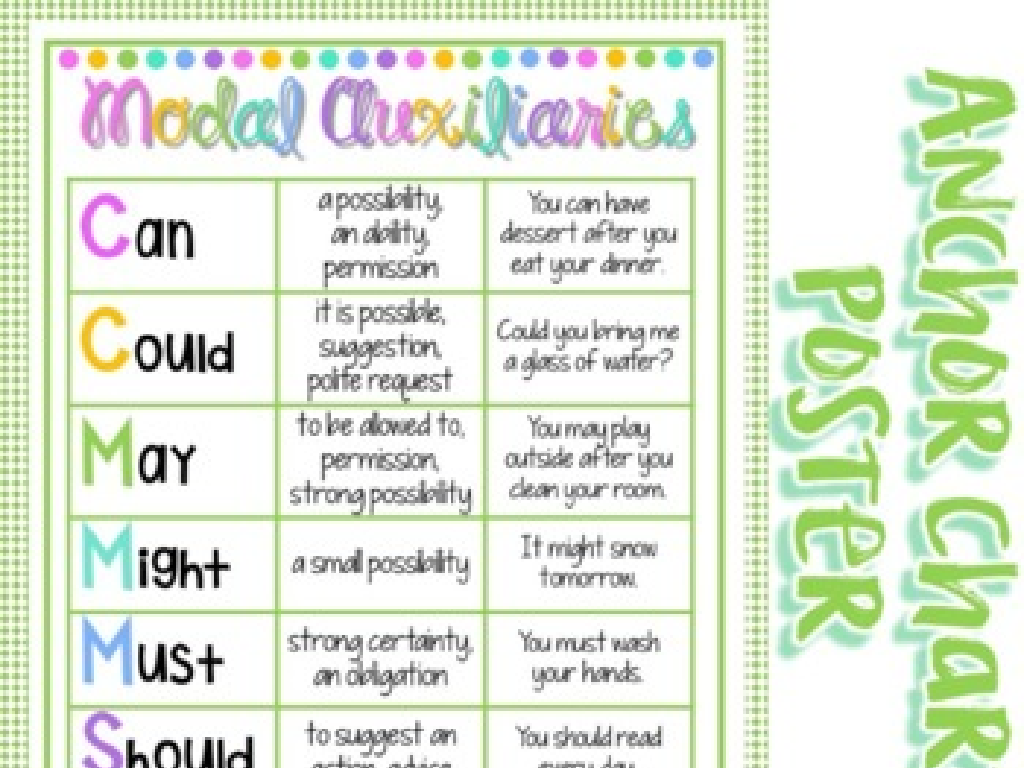Name Countries Of Europe: Region 1
Subject: Social studies
Grade: Sixth grade
Topic: Europe: Geography
Please LOG IN to download the presentation. Access is available to registered users only.
View More Content
Exploring Europe: Region 1
– Europe’s diverse landscape
– A continent rich in culture, languages, and history.
– Geography and regions explained
– A region is an area with common features that set it apart.
– Introduction to Region 1
– Region 1 includes countries such as France, Germany, and Italy.
– Countries in Region 1
– We’ll learn about each country’s location, capital, and features.
|
This slide introduces students to the concept of Europe as a continent of diversity, with a focus on understanding geographical regions and specifically Region 1. Begin by discussing Europe’s rich cultural, linguistic, and historical tapestry. Explain what a region is in geographical terms, emphasizing common physical or political features. Introduce Region 1, highlighting that it includes some of Europe’s most well-known countries. Encourage students to think about what they already know about these countries and prepare them for a deeper dive into the specific characteristics of each, including their location, capital cities, and significant geographical features. This will set the stage for further exploration and learning about Europe’s geography.
Exploring Europe: Region 1
– Locate Region 1 on the map
– Use a European map to find Region 1
– Understand geographical boundaries
– Boundaries include natural and political borders
– Identify countries within Region 1
– List countries like France, Germany, and Belgium
– Discuss Region 1’s features
– Talk about landscapes, climates, and cultures
|
This slide aims to help students visually locate and understand Region 1 in Europe. Start by showing them a map of Europe and guiding them to identify Region 1. Discuss the geographical boundaries that define this region, which may include mountain ranges, rivers, and political borders. Highlight the countries that are part of Region 1, ensuring to mention key nations such as France, Germany, and Belgium. Encourage students to take note of each country’s location relative to the others. Finally, discuss the unique features of Region 1, including its diverse landscapes, climates, and cultural aspects. This will give students a comprehensive understanding of the region’s geography and its place within the continent of Europe.
Exploring Europe: Region 1 Countries
– List Region 1 countries
– Include France, Germany, Italy, etc.
– Capitals of these countries
– Paris, Berlin, Rome represent their countries
– Discover interesting facts
– Eiffel Tower in France, Oktoberfest in Germany
– Engage with cultural uniqueness
|
This slide aims to introduce students to the countries of Region 1 in Europe, their capital cities, and some unique facts that make each country special. Start by presenting the list of countries, ensuring students are familiar with their names and locations on the map. Then, discuss the capital cities, which are often the political and cultural hubs of these countries. Share interesting facts about each country to pique students’ curiosity, such as famous landmarks, cultural events, or historical tidbits. Encourage students to think about the diversity within Europe and how each country contributes to the continent’s rich tapestry. This will set the stage for further exploration of European geography and culture in subsequent lessons.
Physical Features of Europe: Region 1
– Explore major mountains and rivers
– The Alps and Danube River are key features.
– Understand climate and resources
– Varied climates, rich in minerals and forests.
– Geography’s impact on lifestyle
– Terrain and climate shape agriculture and housing.
– Cultural influences of geography
– Traditions in music, food, and clothing stem from the land.
|
This slide aims to introduce students to the physical geography of Europe’s Region 1, which includes the Alps and the Danube River among its most prominent features. Discuss how the climate varies from alpine to continental, and how this diversity leads to a wealth of natural resources, including minerals and dense forests. Highlight how the physical environment influences the way people live, from the types of crops they grow to the design of their homes. Finally, explain how geography has historically influenced the cultural aspects of the region, such as local music, culinary traditions, and clothing, which often reflect the resources and climate of the area. Encourage students to think about how their own lifestyle might be different if they lived in this region of Europe.
Cultural Highlights of Europe: Region 1
– Diverse languages of Region 1
– Region 1 includes languages such as French, German, and Italian.
– Traditional foods and celebrations
– Enjoy foods like pasta, bratwurst, and croissants, and festivals like Oktoberfest.
– Unique cultural practices
– Practices like the Running of the Bulls in Spain, or Italy’s gondola rides.
– Exploring regional diversity
|
This slide aims to give students a glimpse into the rich cultural tapestry of Europe’s Region 1. Highlight the linguistic diversity, pointing out that many countries in Europe have their own languages, and some, like Switzerland, have multiple official languages. Discuss traditional foods and how they are an integral part of cultural identity and celebrations, using examples like France’s croissants or Germany’s bratwurst. Mention well-known festivals such as Oktoberfest in Germany. Explain unique cultural practices, such as Spain’s Running of the Bulls, emphasizing that these traditions are a window into the values and history of the region. Encourage students to think about how culture shapes a region’s identity and to research more about these cultural aspects.
Class Activity: Exploring Europe’s Region 1
– Group task: Design a travel brochure
– Pick a country from Europe’s Region 1
– Examples: France, Germany, Italy, etc.
– Incorporate maps and cultural facts
– Show geographical location, language, customs
– Highlight places of interest
– Include landmarks, historical sites, natural wonders
|
This class activity is aimed at familiarizing students with the countries of Europe’s Region 1 through a creative and engaging group project. Each group will select a country and create a travel brochure that includes the country’s map, key cultural facts, and must-see destinations. This will help students learn about geography, culture, and attractions in a fun and interactive way. Teachers should provide materials for brochure creation and examples of what to include. Possible activities for different groups could be researching the country’s history, creating art inspired by the culture, or even trying to learn basic phrases in the country’s language. The goal is to encourage teamwork and deepen the students’ understanding of European geography and culture.
Review and Reflection: Exploring Region 1 of Europe
– Recap of Region 1 countries
– Review the list of countries we’ve studied in Europe’s Region 1.
– Discuss key learnings
– Reflect on the physical features, cultures, and languages of these countries.
– Engage in Q&A session
– What questions do you have about Region 1? What’s still unclear?
– Share surprising facts
– Share something new or unexpected you learned about this region.
|
This slide aims to consolidate the students’ knowledge of the countries in Europe’s Region 1. Begin with a quick recap of the countries covered, ensuring students can identify them on a map. Discuss the various aspects learned about each country, including geographical features, cultural practices, and languages spoken. Encourage students to ask questions about any aspect of Region 1 that intrigues or confuses them. Finally, ask students to share any surprising or interesting facts they discovered during the lesson. This will help reinforce their learning and encourage engagement with the subject matter.
Homework: Explore Region 1 of Europe
– Select a country from Europe’s Region 1
– Choose from countries like France, Belgium, or the Netherlands
– Investigate and write a short essay
– Include capital city, language, and landmarks
– Focus on geography, culture, and history
– Mention traditional food, festivals, and notable historical events
– Get ready to present your findings
|
This assignment encourages students to engage with the geography of Europe by researching a specific country within Region 1, which includes Western European nations. Students should look for information on the country’s geography, such as its capital city, major rivers, and mountains, as well as cultural aspects like language, cuisine, and festivals. Historical context is also important, so they should note any significant events that have shaped the country. The essay will help them organize their thoughts and findings, and the presentation will allow them to share their knowledge with the class, enhancing their public speaking skills and reinforcing their learning. Provide resources such as library books, reputable websites, and documentaries to aid their research.






